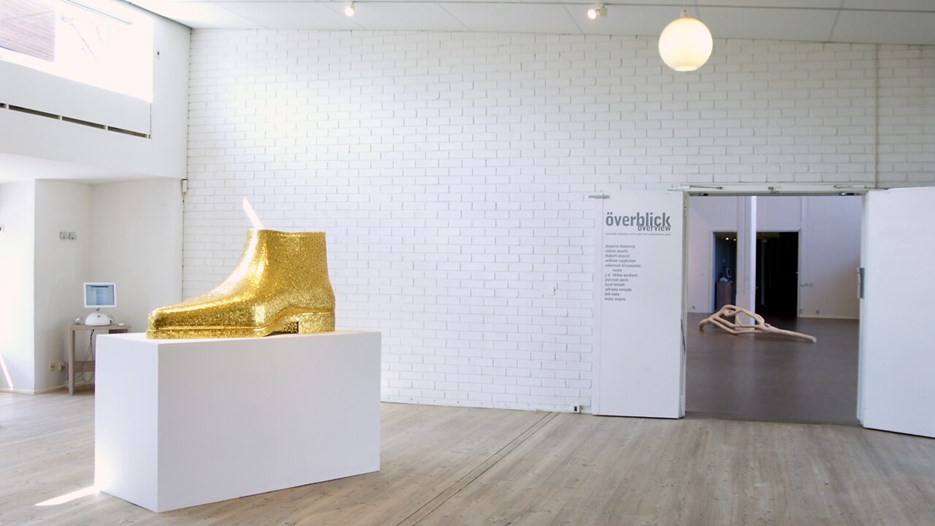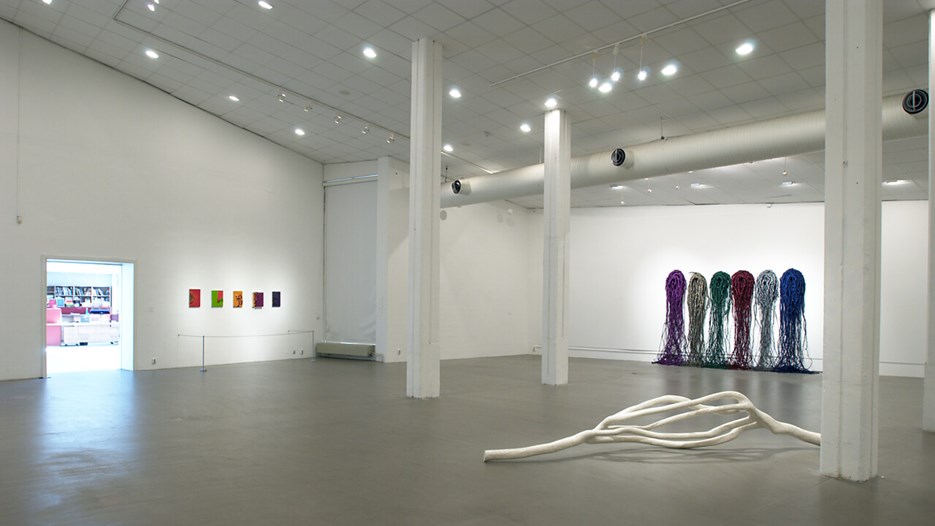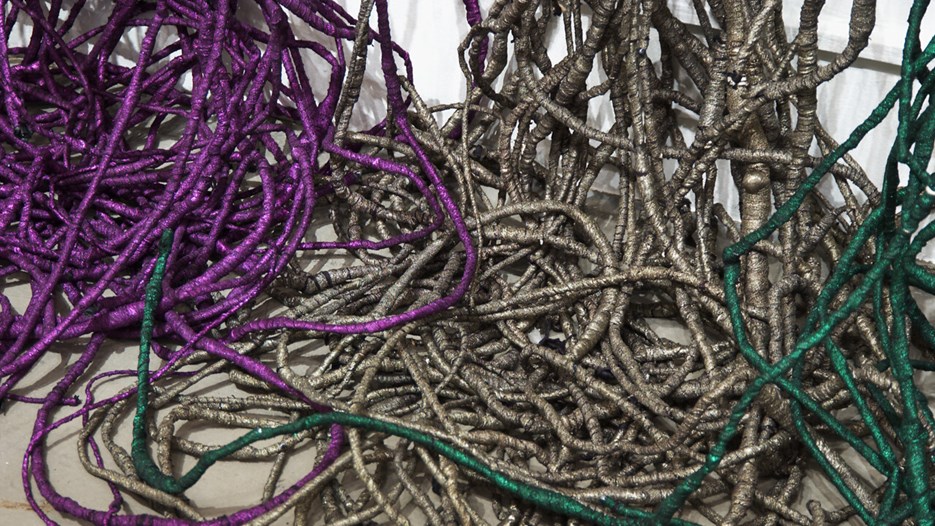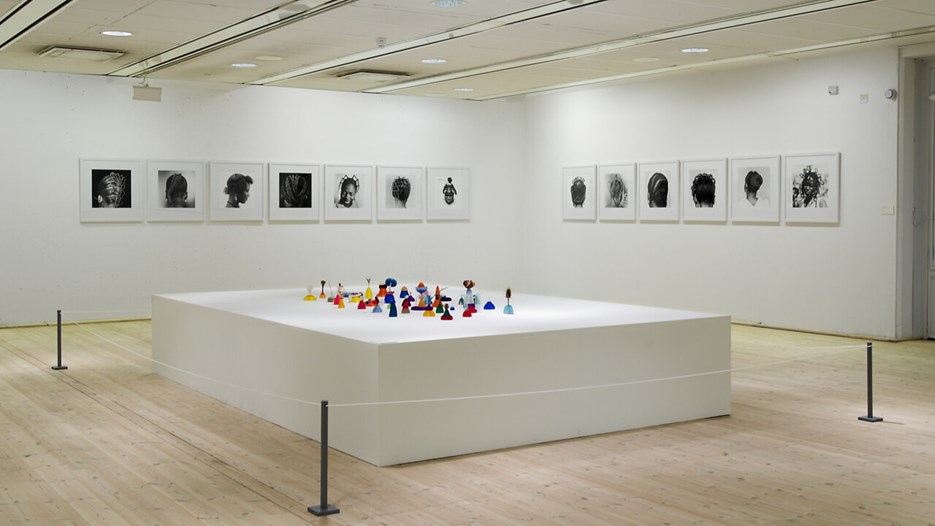Fondation Cartier was founded in 1984 and is located in Paris, in a space designed by French architect Jean Nouvel. The foundation has a strong international presence with a number of projects both in and outside France. The collection comprises of around 900 works by some 260 artists.
Thanks to The French Embassy, Stockholm.




